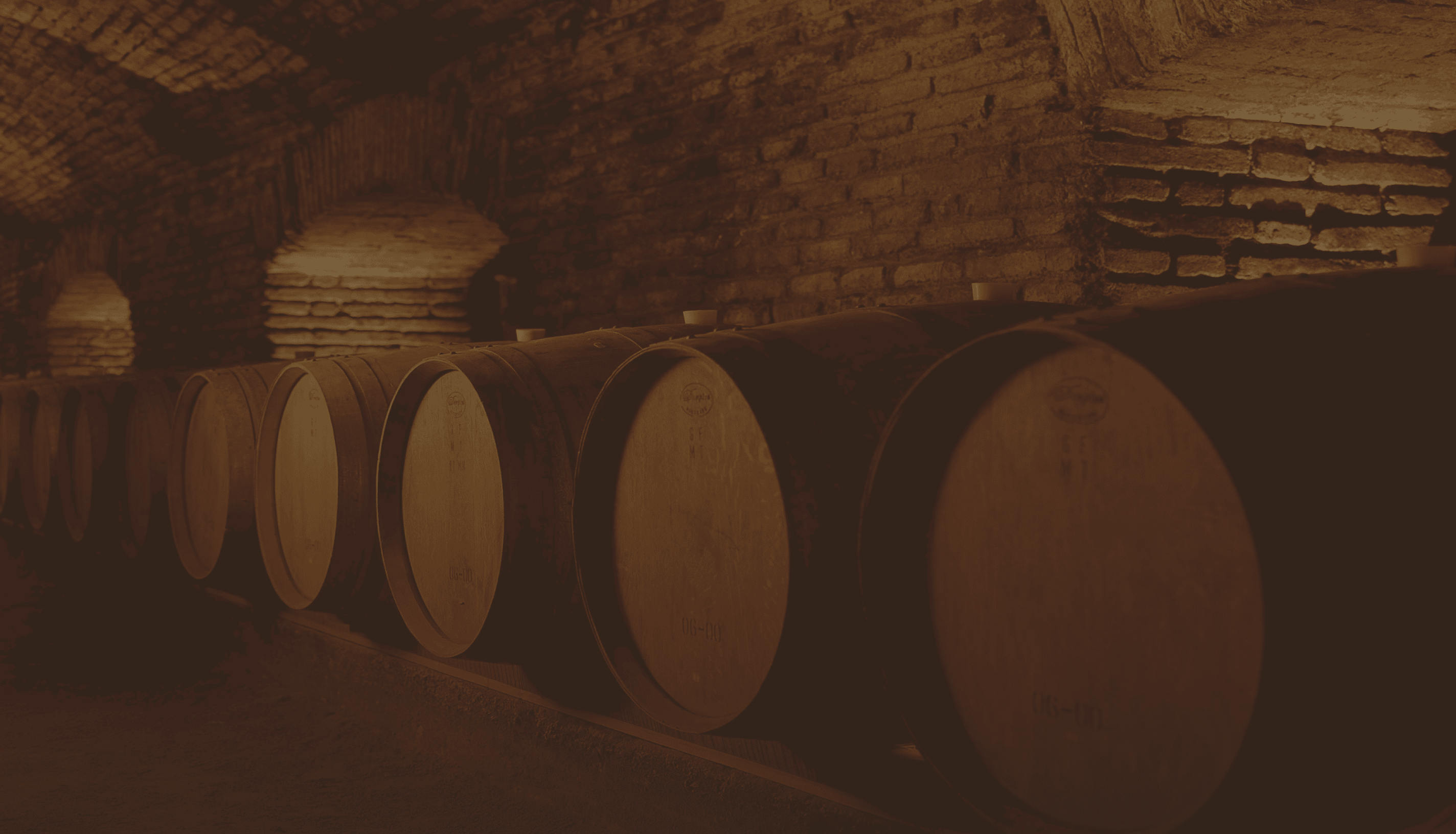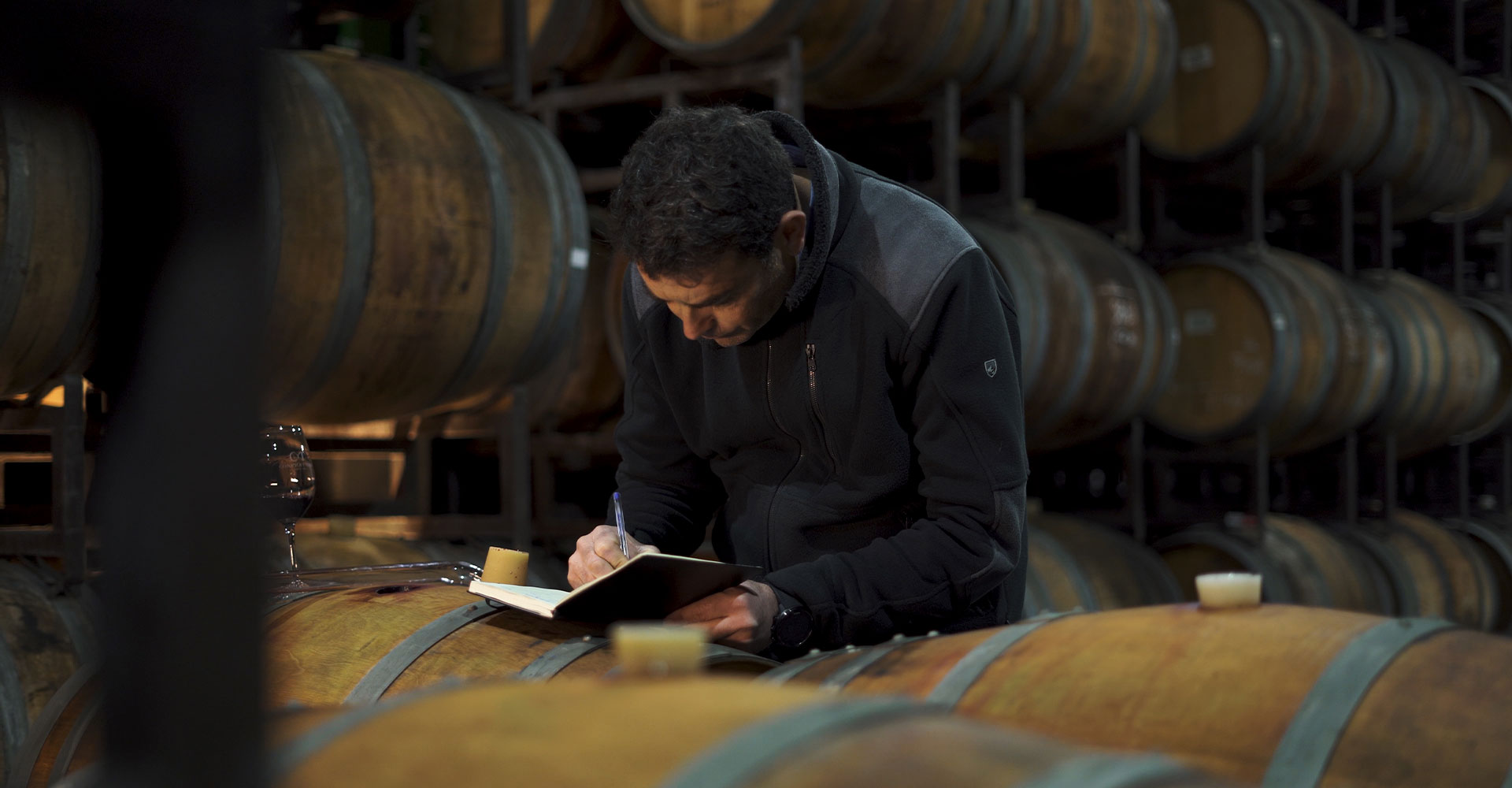22 de July de 2024
Techniques and key concepts in the world of wine
The technical jargon associated with wine can be intimidating, especially when explaining its production process. Unfortunately, these complex terms can make it feel like we are being pushed further away from the beverage rather than gaining a deeper understanding. However, don’t worry—familiarizing yourself with these terms can help you comprehend their significance.
Bâtonnage

Ph: enverotinto.es
This French term of stirring settled lees into the wine. You might wonder, what does that mean? During fermentation, when yeasts transform sugar into alcohol, residual yeasts settle at the bottom of the tank or barrel, creating a sediment known as lees. This is when the bâtonnage process begins, consisting of introducing a long baton (batôn in French) through the barrel bore to reintegrate residual yeasts into the wine, thereby providing greater complexity, contributing to its weight on the palate, aromas, and flavors.
Cap
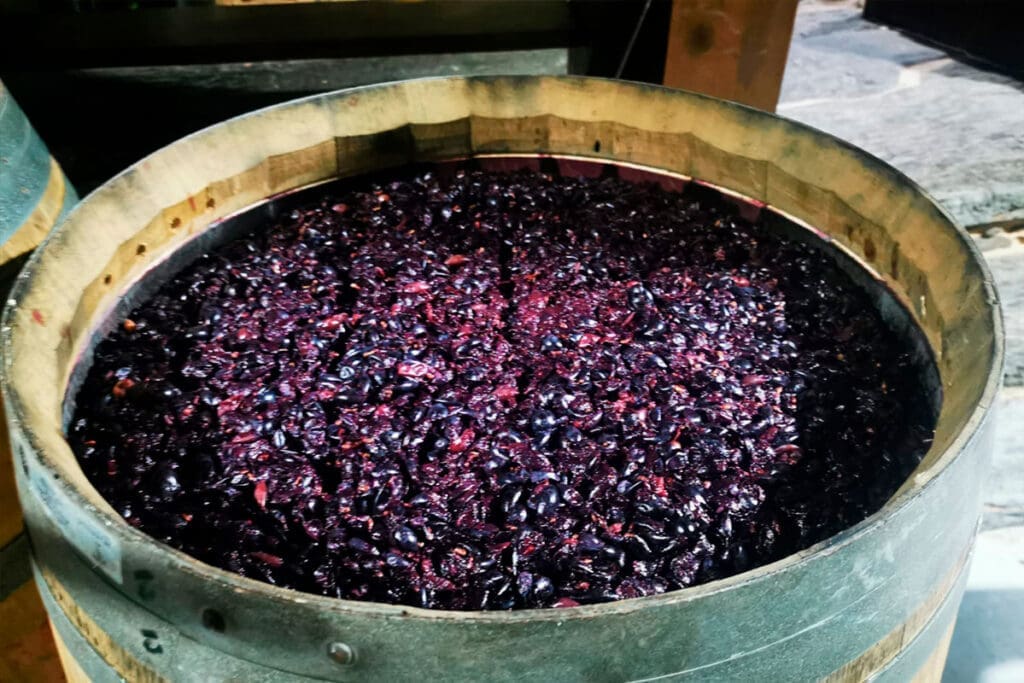
Ph: elviajealcentrodelvino.com
In red winemaking, after the grapes are crushed, the must is fermented with grape skins and pips so that they contribute flavors, aroma, and texture to the final wine. Once alcoholic fermentation occurs, the yeasts release carbon dioxide gas that pushes the skins upward, forming a layer that floats on top of the wine called the cap.
Overpumping
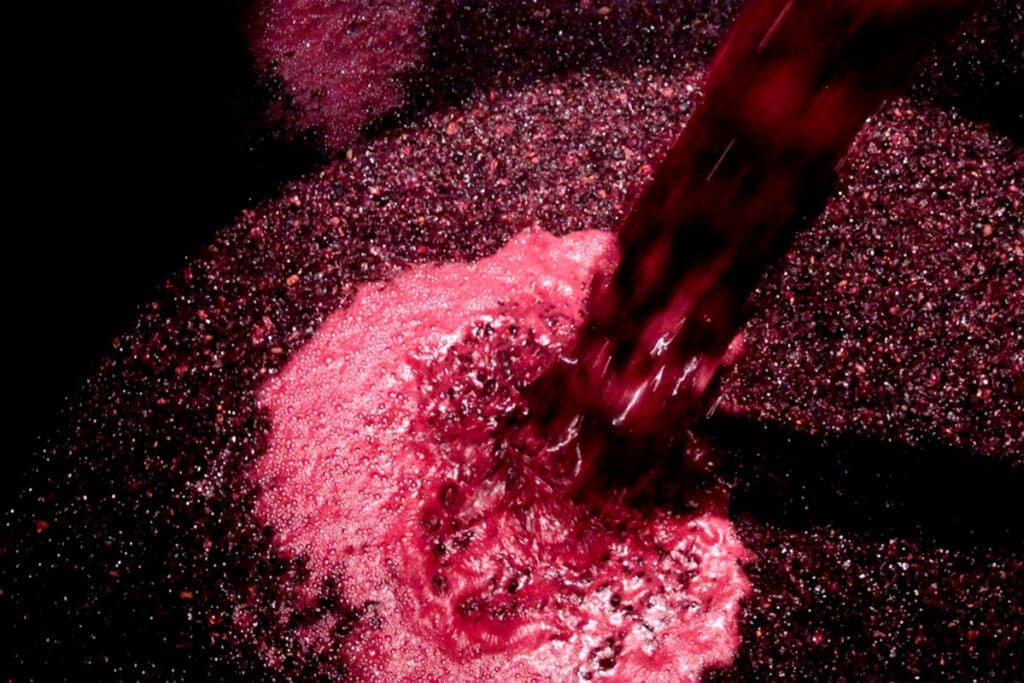
This winemaking technique, originating from Bordeaux, is crucial in the production of red wine and is now widely used worldwide. It involves soaking the grape cap with the wine in the fermentation vessel to extract color components and oxygenate and homogenize the mixture of grape must, yeast, sugar, and temperature. The frequency and duration of this process depend on the specific results desired by the winemaker.
Pigeage
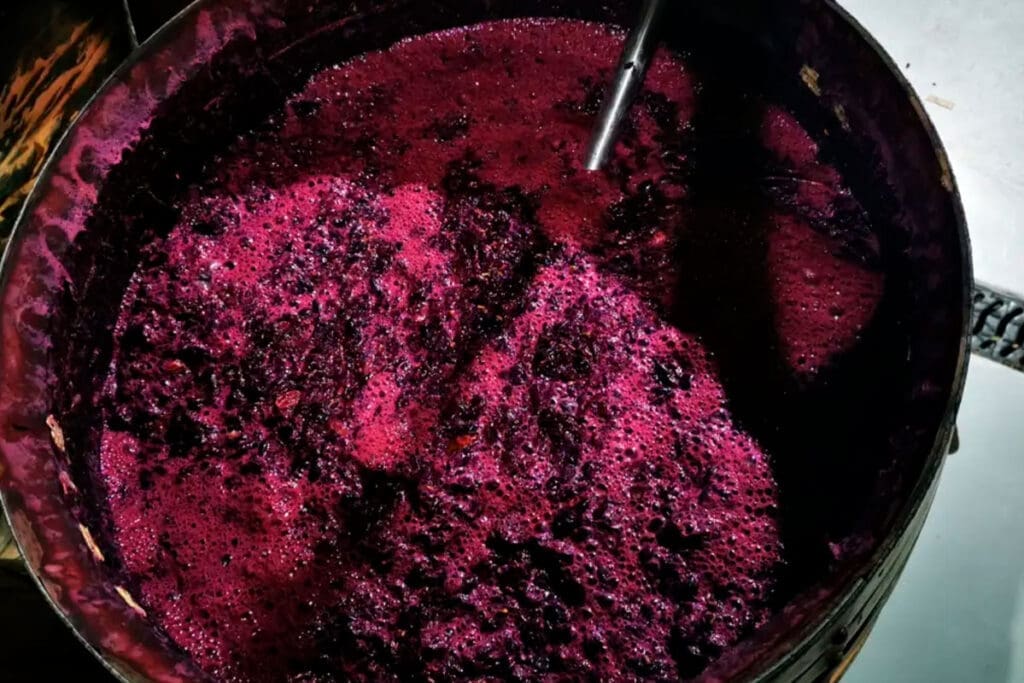
Ph: elviajealcentrodelvino.com
Another technique for infusing aromas and color into the wine is through a method developed in Burgundy, known as pigeage. This process involves pressing down the pomace, breaking and submerging the cap, and mixing it with the must (with the assistance of a grape-treader) to increase its maceration. This process, generally applied to grape varieties such as Pinot Noir, also helps prevent cap oxidation and acetification. In other words, it prevents the wine from bacterial attack. It can be carried out manually or mechanically.
Cold maceration

This technique is carried out before the fermentation of red and white wines to make them fruitier and give them more complex aromas. The process involves keeping the must (which has not yet turned into alcohol) in contact with its skins while preventing it from fermenting spontaneously. This is achieved by maintaining the temperature between 5 and 10 degrees Celsius. By doing so, the extraction of color and aromas occurs without extracting the bitterness and astringency of the tannins.
